Looming above Granada as a reminder that all things must pass over time, stands the red stone walls of Alhambra. The castle, visible from most points in the city, is nestled in the hills like a mirage of some Medieval memory. While Granada is one of those European towns that proffers an air of the old world, Alhambra is in itself a true monument to an Age.
While its origins are debated, it is generally agreed that the castle was first established as a fortress in the late 800’s. Nearly 500 years later, it was expanded and made into a palace by Yusuf I, the Moorish Sultan of Granada. From then until Spain was retaken by the Catholics at the end of the Reconquest, it would be home to country’s last Muslim emirs. Over the next several centuries, Alhambra stood basically unused until it caught the attention of artists and academics in the 1800’s. Since then, it has become one of Spain’s most visited attractions.
Most people who choose to visit the castle, elect to board one of the many shuttles that make their way from different points all over town up the hill directly to the ticketing windows. But, it is highly advisable to use the less-frequented approach which brings you through one of Granada’s most ancient barrios—the Albayzin.
Here are some more tips on planning your visit to Granada with Ticketmaster Alhambra!
The Albayzin is a sprawling collection of white-walled houses and complexes, many of which date back to the 14th and 15th centuries, when the majority of Southern Spain was populated by Muslim Moors who came following the Conquest. The narrow streets of this neighborhood are lined with dozens of Arab-owned shops which offer an array of multicolored blankets, clothes, knick-knacks and wares; along with little restaurants and hookah bars from which pour the smells of spices and meat dishes primarily of the North African variety.
At the southern base of the Albayzin you come upon the Carrera del Darro, a more prominent street where you can find an assortment of cafes that offer the tapas for which Granada is so well known. For those who do not know, tapas are small dishes of food that are provided free of charge with each drink purchased. They range from sliced bread with a bit of cheese or tomato to more elaborate concoctions of seafood stew or porkribs with gravy. While tapas are common throughout Spain, Granada is one of the only places where one can actually obtain them free of charge, which is how they were meant to be served.
At Cuesta de Gomerez, you begin the climb up to the park that lay at the foot of the castle. This little street is lined with shops where they produce handmade wares such as classical guitars, chessboards, and other woodworks. At the top of the road, you come to a triumphal arch that is called the Puerta de las Granadas, or the Gate of Pomegranates. Through it, you find the forested quiet of Alhambra Park, which, unlike the rest of the castle grounds, you can enjoy free of charge.
Through the park runs a deep ravine. Looking up toward the castle, one can make their way either up the stairs to the right which leads directly to the main ticketing area, or along the slightly winding path to the left. This brings you past a number of statues to a little fountain, and it is perhaps one of the most relaxing places in the city.
At the top of the hill, you finally come upon the ticketing entrance. There are a number of ticket pricing options. For example, a 13 Euro billete provides you with a day pass and the freedom to wander all of the grounds.
Alhambra is divided into three main sections. If you’ve purchased a day pass, you’ll first want to make your way down the hill to the Nasrid Palaces. As many of the palace rooms present some of the more delicate aspects of the castle, the flow of visitors is managed through a half-hour timetable. On your ticket, you will find a time listed which lets you know when you will be allowed to enter the section. You generally have about thirty minutes from the time you purchased your ticket before you will be allowed in, so head down to the palace entrance to sort out where it is, then while you wait, enjoy some of the surrounding gardens and architecture.
The inside of the palace presents visitors with an array of what are undeniably dazzling examples of medieval Moorish architecture and design. Intricate tiling, sculpture, frescos, and vaulted, stalactite ceilings fill each room. Visitors wander through fountain-centered gardens, orange groves, and rooms so intricately colored it is difficult to believe they were decorated by human hands.
After making your way through the palaces, the next section is the Alcazaba. The military fortified portion of Alhambra, this is one of the oldest parts of the castle. Here you can ascend the main watch tower and look over all of Granada. As you gaze down from the high, thick walls of stone, it is difficult to imagine an invading army actually being capable of breaching such a solid, seemingly impenetrable barrier.
The third and final portion of the castle is the Generalife, which is back near the top of the grounds. This elegantly arranged garden section feels exactly as it was originally intended, as a place of repose and leisure. Paths wind through hedged and flowered gardens leading to fountains and pools, and sitting rooms which overlook the city and the rest of the castle. From here, a small path weaves its way through a wooded section at the rear.
As you follow this wooded path, you suddenly emerge where you began, at the ticketing area. After several hours of wandering over the stone walkways of the castle and beneath the hot sun of the Granada sky, you have very likely worked up an appetite. The time has come to descend back the way you came, down along the ravine of the park, then out into the city.
Perhaps it is a good time to find one of those tapas bars you’ve heard so much about?
Written by Guest Contributor Nick Hilden for EuropeUpClose.com
Raised in the Pacific Northwest region of the United States, travel and adventure writer Nick Hilden currently lives in Granada, Spain, where he contributes to a variety of publications and develops advertising campaigns on a freelance basis. Nomadic by nature, his wanderings have taken him far and wide, and his work has varied accordingly. You can find out more about him at www.NickHilden.com.

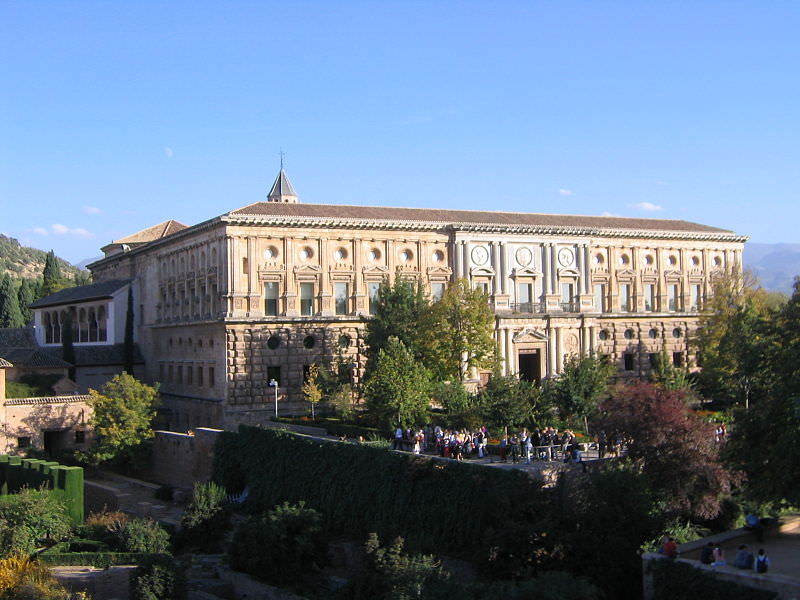
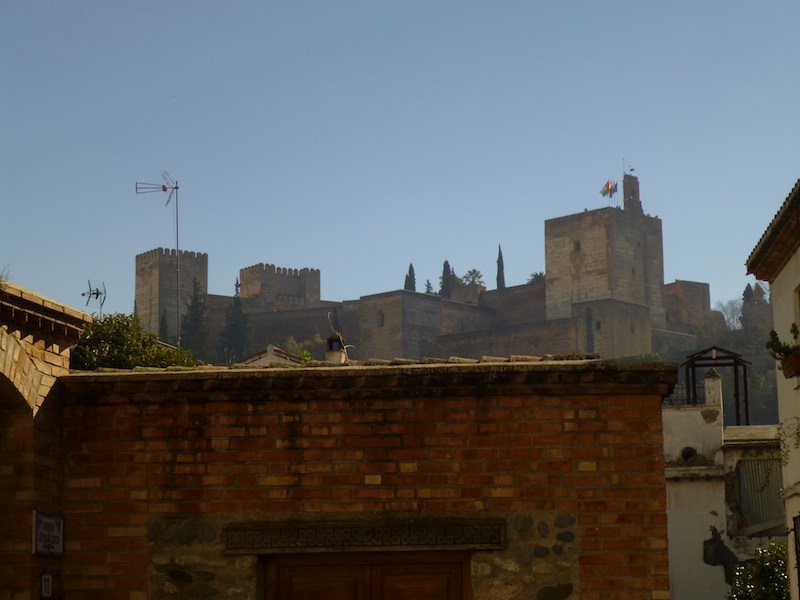
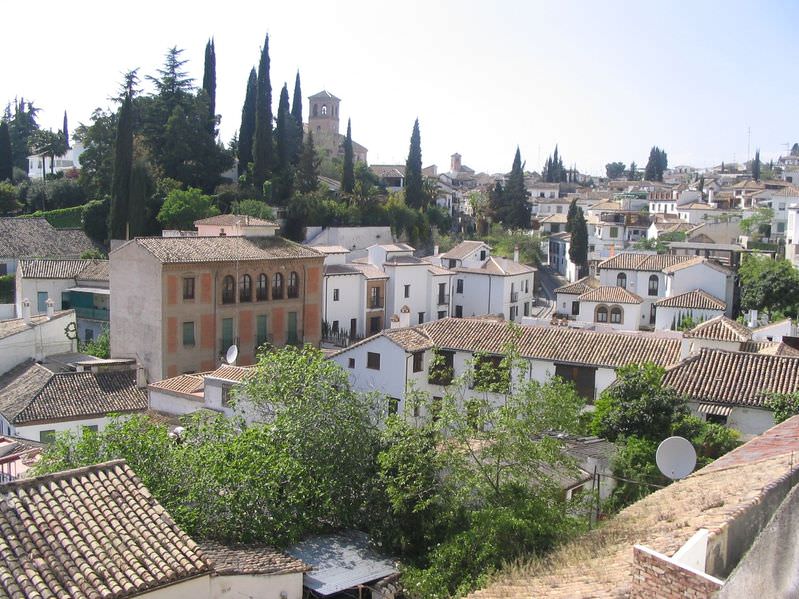
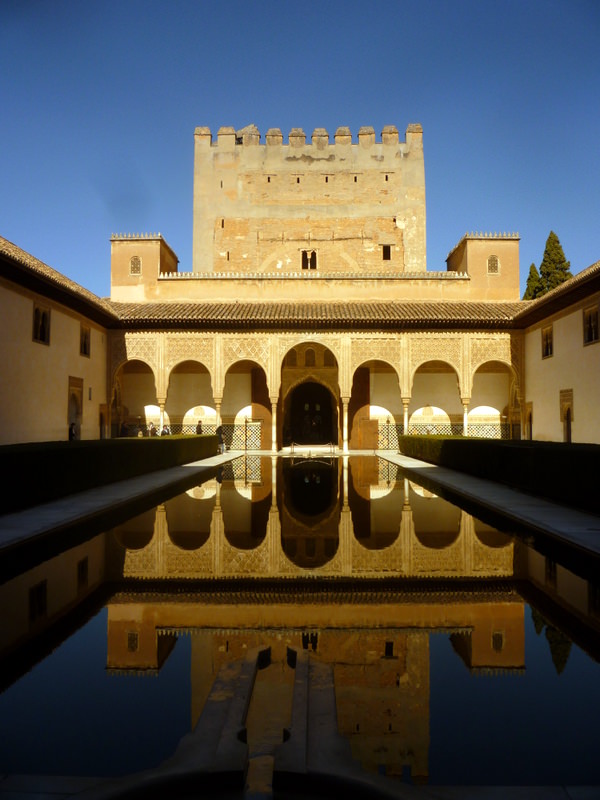

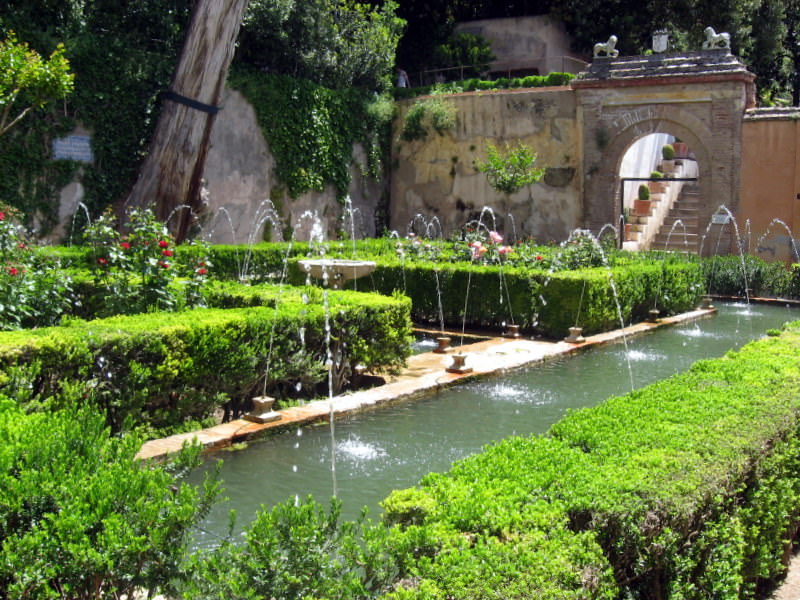
Interview - Travel and Adventure writer Nick Hilden | Romancing The Planet Travel Blog
Monday 24th of March 2014
[...] on VICE, the Oregonian newspaper and more than a dozen other publications and websites. Recently a piece I wrote for Europe Up Close was featured among National Geographic’s list of the best travel articles on the [...]
Interview with travel and adventure writer Nick Hilden | Interviews By Karthik
Friday 21st of June 2013
[...] on VICE, the Oregonian newspaper and more than a dozen other publications and websites. Recently a piece I wrote for Europe Up Close was featured among National Geographic’s list of the best travel articles on the [...]
The Radar: Travel Lately – Intelligent Travel
Wednesday 19th of June 2013
[...] Originally built in the ninth century, visitors can tour the palace grounds — including expansive gardens and unique Moorish architecture that reflect the city’s diverse history. [...]
Alhambra: Spain’s Last Stronghold of the Moorish Kings | Nick Hilden
Tuesday 18th of June 2013
[...] about it at Europe Up Close. Share:More This entry was posted in Travel and tagged alhambra, castle, spain, travel by Nick [...]